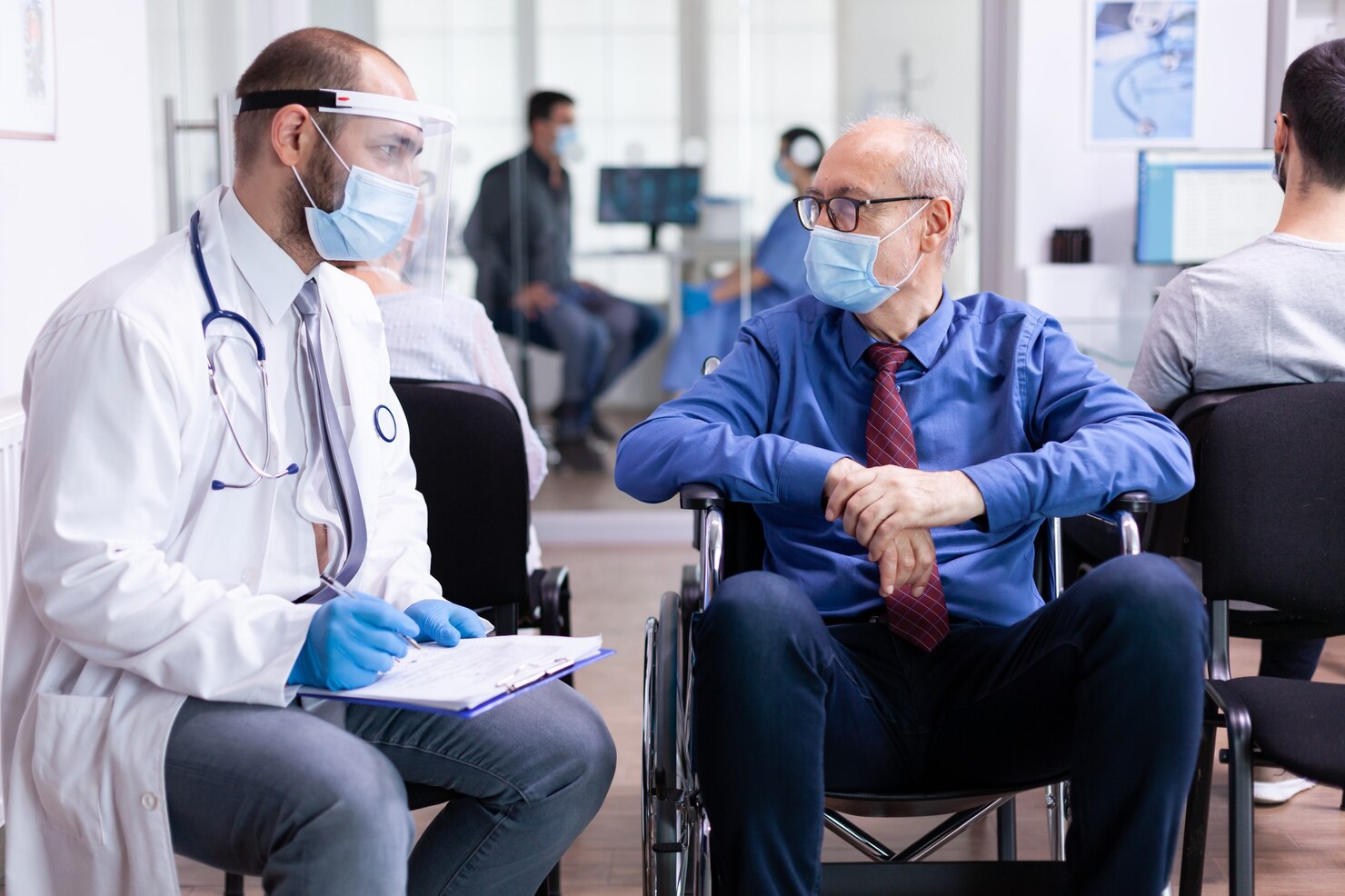Prostate cancer is one of the most common cancers among men, making the conversation about its treatment essential for those diagnosed or at risk. With advancements in medical technology and a deeper understanding of the disease, various treatment options are now available, tailored to meet the unique needs of each patient. In this blog, we will explore the best prostate cancer treatments, considering factors like stage of cancer, overall health, and personal preferences.
Understanding Prostate Cancer
Prostate cancer develops in the prostate, a small gland that produces seminal fluid. While some cases are slow-growing and may not require immediate intervention, others can be aggressive and necessitate prompt treatment. Staging is crucial in determining the treatment approach. The most common stages are:
- Localized: The cancer is confined to the prostate.
- Locally advanced: The cancer has spread to nearby tissues.
- Advanced: The cancer has metastasized to distant parts of the body.
Treatment Options for Prostate Cancer
1. Active Surveillance
For many men with low-risk, localized prostate cancer, active surveillance is a viable option. This approach involves closely monitoring the cancer without immediate treatment. Regular check-ups, including PSA tests and biopsies, help ensure that any changes in the cancer’s behavior are addressed promptly. Active surveillance can be a good choice for older patients or those with significant comorbidities.
2. Surgery
Radical Prostatectomy is a common surgical option for men with localized prostate cancer. This procedure involves the complete removal of the prostate gland and some surrounding tissue. It can be performed as an open surgery or through minimally invasive techniques, such as laparoscopic or robotic-assisted surgery. The choice of technique often depends on the tumor’s size, location, and the surgeon’s expertise.
Benefits of Surgery:
- Potentially curative, especially in early-stage cancer.
- Immediate removal of the tumor.
Considerations:
- Risk of side effects, such as urinary incontinence and erectile dysfunction, which should be discussed with a healthcare provider.
3. Radiation Therapy
Radiation therapy uses high-energy rays to kill cancer cells. It can be administered in two primary ways:
- External Beam Radiation Therapy (EBRT): Delivers targeted radiation from outside the body.
- Brachytherapy: Involves implanting radioactive seeds directly into the prostate.
Radiation can be an effective treatment for localized cancer and is sometimes used post-surgery to eliminate any remaining cancer cells.
4. Hormone Therapy
Hormone therapy, or androgen deprivation therapy (ADT), reduces the levels of male hormones (androgens) that fuel prostate cancer growth. This treatment is often recommended for advanced stages or when cancer has spread beyond the prostate.
Common Approaches:
- Medications that block hormone production.
- Surgical castration to remove testosterone-producing glands.
While effective, hormone therapy can have side effects, including weight gain, fatigue, and decreased libido.
5. Chemotherapy
Chemotherapy is generally reserved for advanced prostate cancer, particularly when it is no longer responding to hormone therapy. This treatment uses powerful drugs to kill rapidly dividing cancer cells. Although it can be effective, chemotherapy often comes with significant side effects that can affect quality of life.
6. Immunotherapy
Immunotherapy is a newer approach that leverages the body’s immune system to fight cancer. Treatments like Sipuleucel-T, an FDA-approved vaccine for advanced prostate cancer, are designed to stimulate the immune system to recognize and attack cancer cells.
7. Clinical Trials
Participating in clinical trials can provide access to cutting-edge treatments and therapies that are not yet widely available. Clinical trials explore new drugs, combinations of therapies, and novel approaches to treatment. Consulting with a healthcare provider about ongoing trials can offer additional options for patients.
Choosing the Right Treatment
Selecting the best prostate cancer treatment involves a multidisciplinary approach. Factors such as the stage of cancer, patient health, personal preferences, and potential side effects must all be considered. It’s crucial for patients to have thorough discussions with their healthcare team to determine the most suitable plan of action.
The Importance of Comprehensive Care
Navigating prostate cancer can be challenging, and having a supportive healthcare team is vital. At AA Urology, we specialize in advanced urological treatments with a focus on personalized care. Our experts excel in managing prostate cancer, alongside kidney stones and bladder cancer, utilizing cutting-edge technology and compassionate support.
Our state-of-the-art surgical center, located in Greenbelt, Annapolis, and Glen Burnie, MD, provides comprehensive solutions tailored to meet the unique needs of each patient. From emergency kidney stone surgery to advanced prostate cancer therapies, we are committed to offering the highest standard of urological care.
Conclusion
Prostate cancer treatment has come a long way, with various options available to fit different needs and preferences. From active surveillance to advanced therapies, understanding these choices is crucial for informed decision-making.
At AA Urology, our dedicated team is here to support you on your journey to health, ensuring you receive the best possible care tailored to your specific situation. If you or a loved one are facing prostate cancer, don’t hesitate to reach out to us for expert guidance and treatment options. Your health is our priority, and we are here to help every step of the way.
